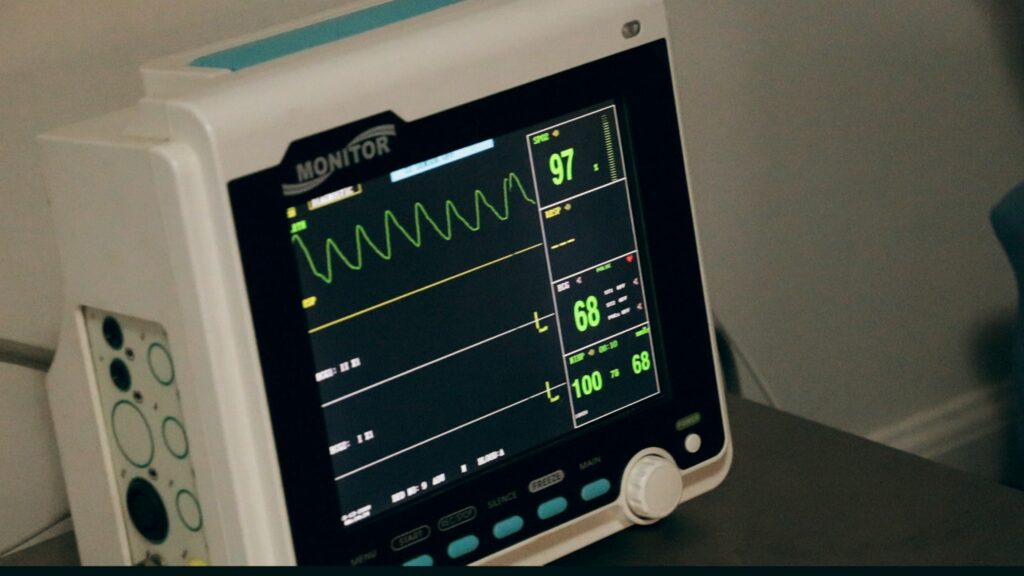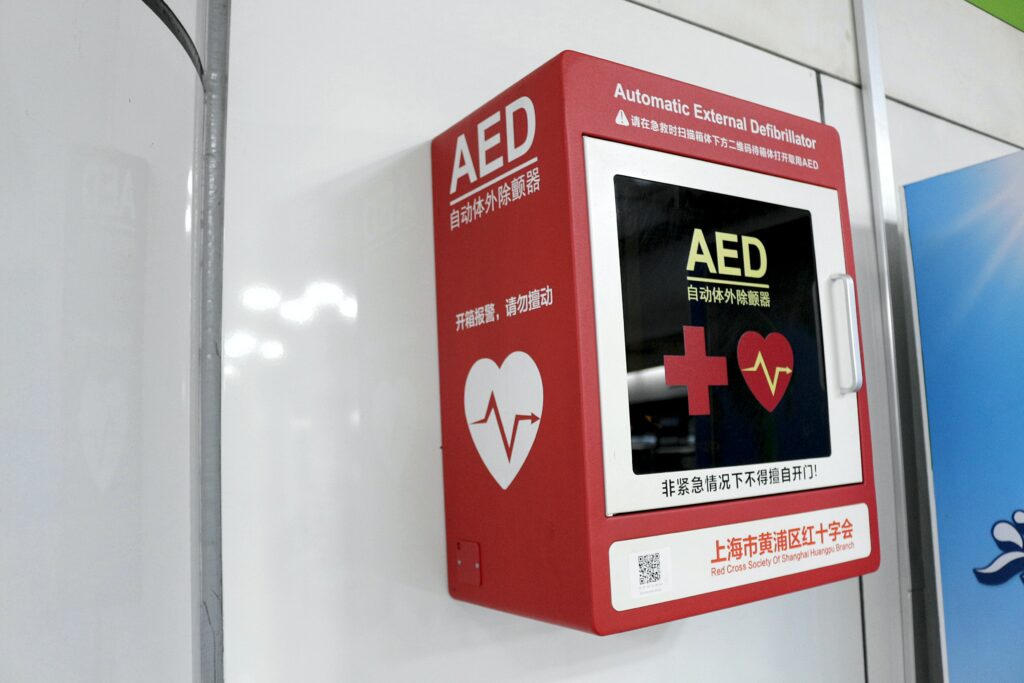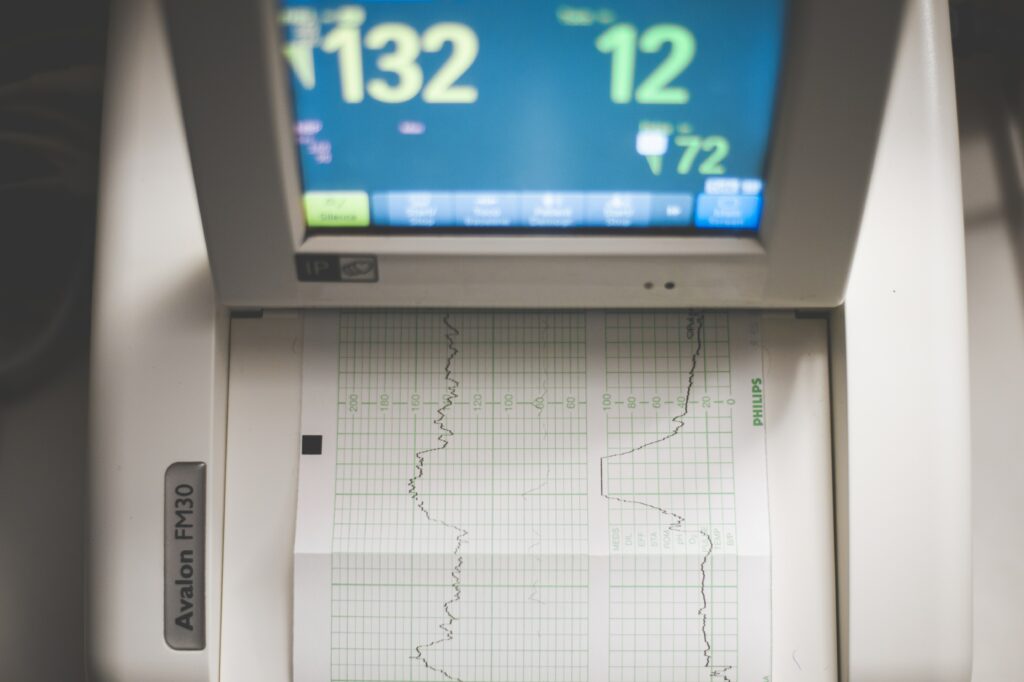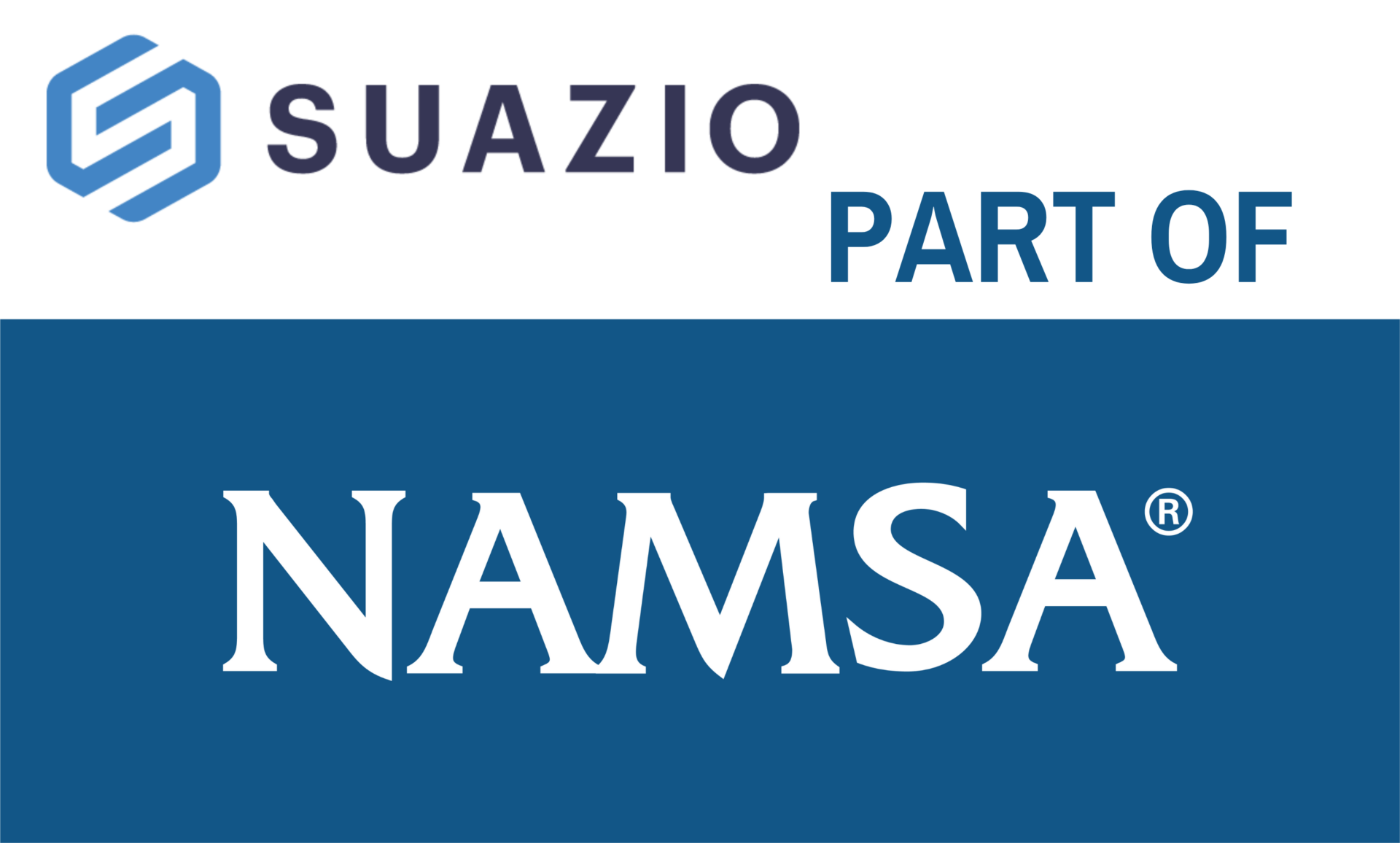Understanding the (future) usage and data value of AED devices in different segments
Our client, a manufacturer of all kinds of resuscitation equipment, wanted to know more about the market awareness of the consumers of their publicly used AEDs (‘automated external defibrillator’: a medical device designed to analyze the heart rhythm and deliver an electric shock to victims of ventricular fibrillation to restore the heart rhythm to normal), meaning the devices that are required by law to install at certain locations such as schools, offices, government buildings, and so on.
This case proved to be quite interesting to SUAZIO because normally we focus on the medical side of the story – and in this research that was not the case. The usage of the data we wanted to explore wasn’t clinical, but practical: what’s the device age, how are the batteries doing, do we need to change the consumables, etc.
The question
Our client wanted to understand market trends and the voice of the customer (VOC) – as it related to the data that can be provided by AEDs, as well as used by lay rescuers.
We needed to find out how the customers relate to the usage of the devices: do they know the data exists, do they see it, can they use it and – at the end of the road – are they willing to pay for it?


The end goal
Our client was interested in exploring unused marketing opportunities concerning selling the data that’s collected within these devices.
Therefore, they needed to understand the current and future needs of this data, finding out who would benefit the most from it – and gain a global understanding concerning this topic.
Our approach
Who did we talk to?
For this research we needed to talk to the people who were responsible for the AEDs: mostly health and safety managers and facility managers in the buildings where these devices are installed. We started by segmenting our project on the type of building:
- users: the people in community buildings, schools, corporate offices, casinos, hotels, manufacturing locations.
- distributors: the middle man between the manufacturer (our client) and the end location (the users).
Which methodology did we use?
For this case, we went for a qualitative approach. We conducted 110 in-depth telephone interviews of about thirty minutes each, scattered around the US, Germany, France, the UK, Japan, Thailand and Australia.
97 of those interviews were with users in facilities, the remaining 13 were with distributors.
During our interviews, we used a discussion guide in order to have the same template and questions for each and every conversation.

The main subjects we talked about with the users
First of all, we talked about their awareness and knowledge about the (usage of) the AEDs. Next to this, we asked them about the way they decide which AED to use. Further on, we dove into their biggest challenges concerning these devices.
Standing out in our conversations was the lack of input about data: the existence of it just didn’t prove to be top of mind or even basic knowledge.
After this, we directed the discussion into the future: what would happen if you were aware of the data and you were trained to use it? Which impact would you like to see this data have?
The main subjects we talked about with the distributors
Following the interviews with the users, we talked with our distributors about the same subjects.
The results
Our research proved to be very valuable. We gathered interesting insights from the users as well as the distributors and transformed these insights into a list of recommendations.
Insights concerning the users
- the amount of AED usage and knowledge
- the biggest challenges they see
- the opportunities they see
- our client is considered the top company when it comes to providing service

Recommendations we gave our client
Our recommendations all centered around the future possibilities when talking about data, keeping in mind what users as well as distributors told us about their biggest pains and challenges.
